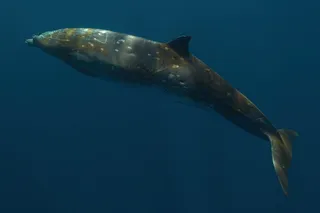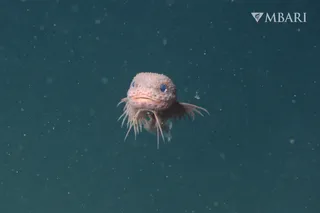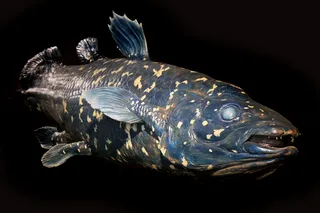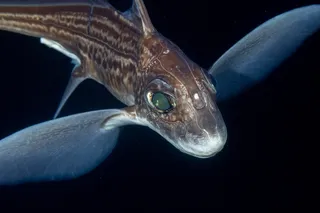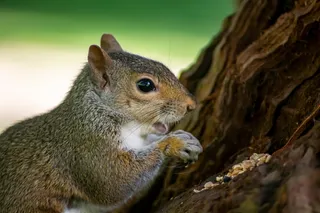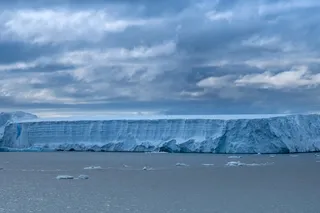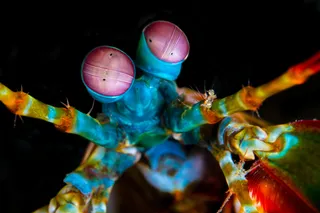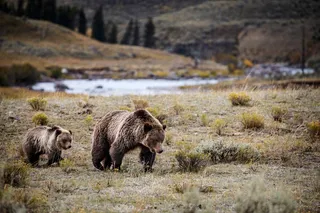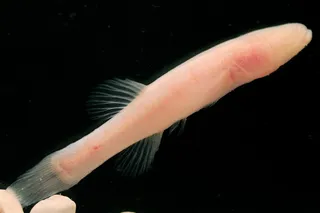Update III:John Hawks comments. Update II: Here is the paper. The abstract:
A common assumption in the evolutionary scenario of the first Eurasian hominin populations is that they all had an African origin. This assumption also seems to apply for the Early and Middle Pleistocene populations, whose presence in Europe has been largely explained by a discontinuous flow of African emigrant waves. Only recently, some voices have speculated about the possibility of Asia being a center of speciation. However, no hard evidence has been presented to support this hypothesis. We present evidence from the most complete and up-to-date analysis of the hominin permanent dentition from Africa and Eurasia. The results show important morphological differences between the hominins found in both continents during the Pleistocene, suggesting that their evolutionary courses were relatively independent.
We propose that the genetic impact of Asia in the colonization of Europe during the Early and Middle Pleistocene was stronger than that of Africa
.
Update:National Geographic has a better article up. From reading it closely I think the authors are suggesting that the ancestors of what became the Neandertals were derived form Asian hominid populations. If later Africa hominids, anatomically modern humans, replaced this population around 50,000-30,000 years ago then that sector of the "bush" was pruned. This article in a Turkish newspaper summarizes a report which will be out in PNAS in a few days that speaks to the relationship between various recent human lineages through dental morphology. The headline is "Study points to larger role of Asian ancestors in evolution," but the article is pretty garbled and I don't really trust it to be accurate about what it's representing, so best to wait for the PNAS paper. In any case, I do think it is important to be cautious about translating morphological continuity as clear and present evidence of genetic continuity in any preponderant fashion. The reasoning is simply that trivial admixture can result in the uptake of adaptive features rather quickly so that a new population can morph so as to match the optimal local ecotype. For example, Polar Bears seem simply to be a local derived variant of Brown Bear. Genetically there are Brown Bear subspecies which are closer to the Polar Bear than they are to other Brown Bear subspecies!




